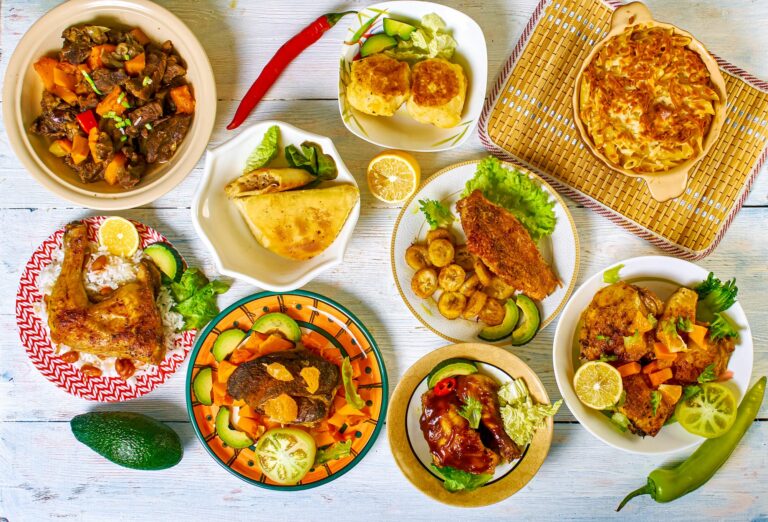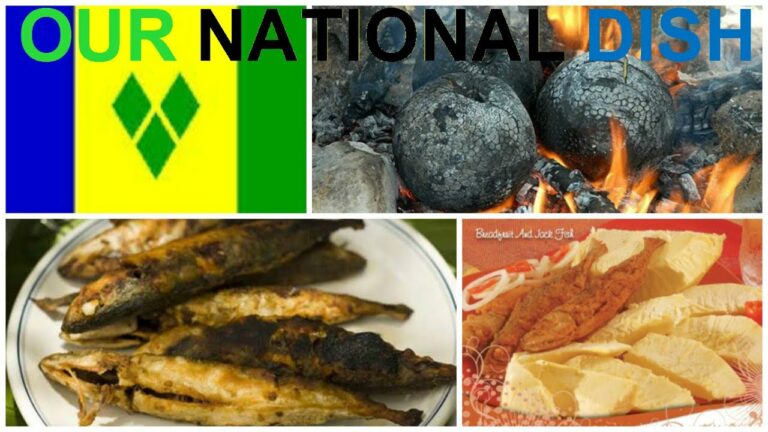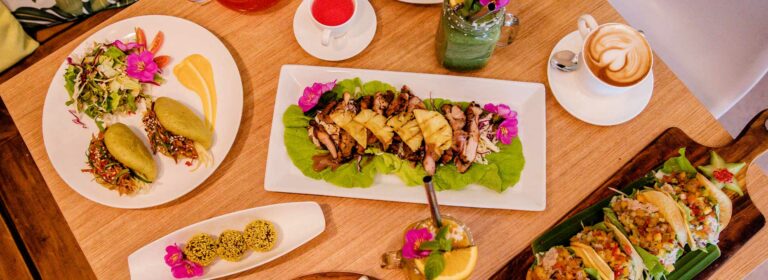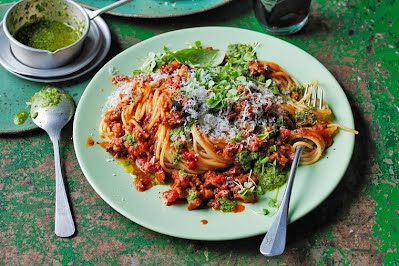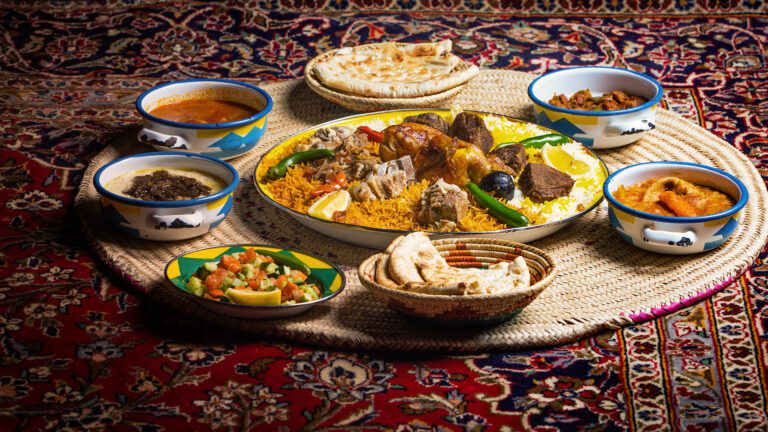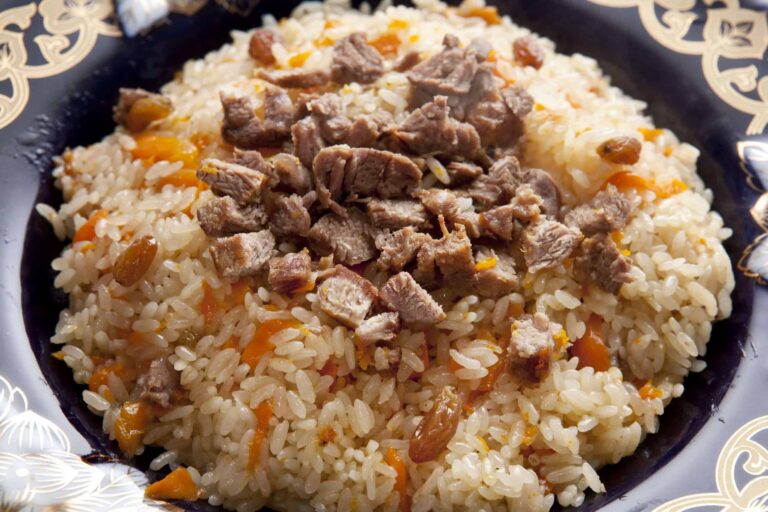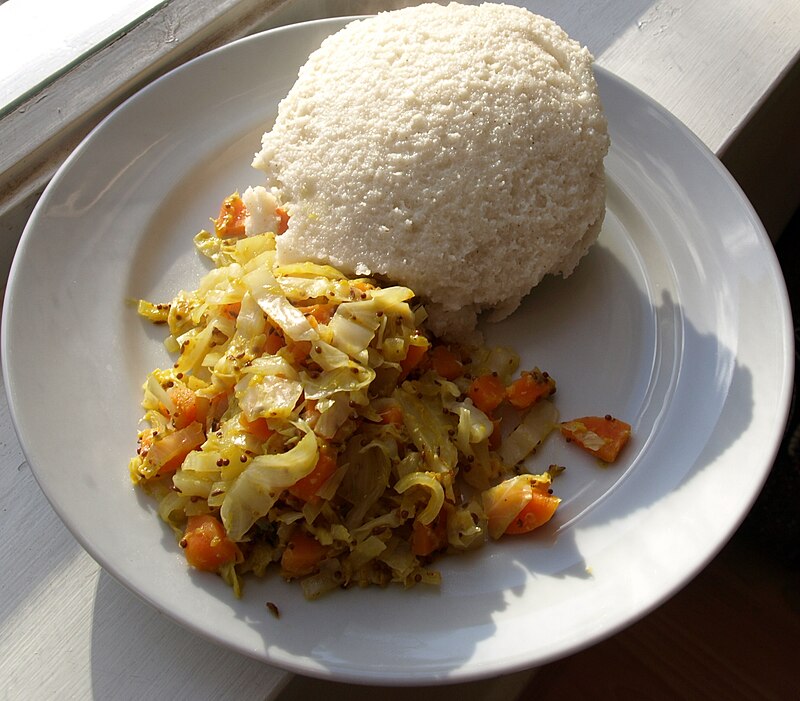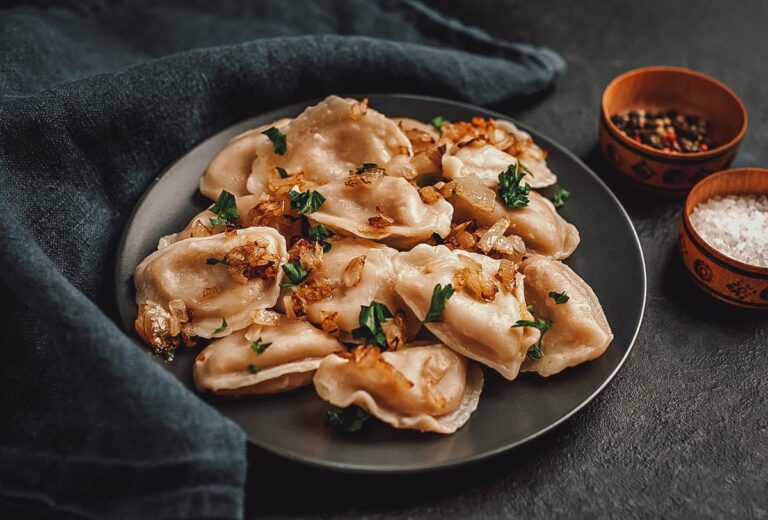Introduction: Saint Lucia’s Unique Culinary Heritage
Saint Lucia is a small island nation in the Eastern Caribbean with a rich and diverse culinary heritage. Saint Lucian cuisine is a fusion of African, French, and Indian influences, resulting in a unique blend of flavors and dishes. The island’s fertile land and abundant seafood also play a significant role in shaping its traditional cuisine. Today, Saint Lucia’s traditional dishes continue to be enjoyed and celebrated both by locals and visitors alike.
The Popular Saint Lucian Creole Dishes
Creole cuisine is an essential aspect of Saint Lucian cuisine. One of the most popular Creole dishes is the national dish of Saint Lucia, which is called “Green Fig and Saltfish.” This dish is made with boiled green bananas (also known as “figs”) and salted codfish, sautéed with onions, peppers, and spices. Another popular dish is “Callaloo Soup,” which is made with the leafy green vegetable called dasheen, mixed with okra, coconut milk, and spices. Other must-try Creole dishes include “Stewed Chicken,” “Fish Cakes,” and “Bouyon” (a hearty stew made with meat, vegetables, and dumplings).
Traditional Saint Lucian Breakfast Foods
Breakfast is an important meal in Saint Lucian cuisine, and there are several traditional breakfast foods worth trying. One of the most popular breakfast dishes is “Bakes and Saltfish,” which is made with fried dough (bakes) and salted codfish, served with a side of fresh fruit. Another traditional breakfast food is “Coconut Bread,” which is a sweet bread made with coconut milk and flour. “Accra” (deep-fried fritters made with saltfish and vegetables) and “Souse” (a soup made with pig’s feet or chicken, lime juice, and vegetables) are also popular breakfast foods.
Saint Lucian Seafood Delicacies
Being an island nation, seafood plays a significant role in Saint Lucian cuisine. One of the most popular seafood dishes is “Lobster Thermidor,” which is made with fresh lobster meat, mushrooms, and a creamy sauce, baked in a lobster shell. “Grilled Fish” is another must-try dish, usually made with freshly caught fish like snapper, mahi-mahi, or tuna, seasoned with herbs and spices. “Fish Broth,” a soup made with various types of fish, vegetables, and spices, is also a popular seafood delicacy in Saint Lucia.
Saint Lucian Desserts and Sweet Treats
Saint Lucia has a variety of sweet treats and desserts worth indulging in. One popular dessert is “Banana Flambe,” made with ripe bananas, rum, and sugar, flambéed and served with vanilla ice cream. “Sweet Potato Pudding” is another traditional dessert, made with grated sweet potatoes, coconut milk, and spices, baked until golden brown. “Bread Pudding” and “Tamarind Balls” (made with tamarind pulp and sugar, rolled into bite-sized balls) are also popular sweet treats.
Top Saint Lucian Restaurants to Try Out
For those looking to experience Saint Lucian cuisine at its finest, there are several top-rated restaurants worth trying out. “The Coal Pot” is a popular restaurant located in Castries, serving a variety of Creole dishes and fresh seafood. “Pink Plantation House” is another must-visit restaurant, located in the hills of Soufriere, offering a stunning view of the town and the Pitons. “The Cliff at Cap Maison” is a high-end restaurant located in Cap Estate, offering a combination of French and Caribbean cuisine, with a stunning ocean view. Other notable restaurants include “Dasheene Restaurant,” “Orlando’s Restaurant and Bar,” and “The Naked Fisherman Beach Bar & Grill.”

